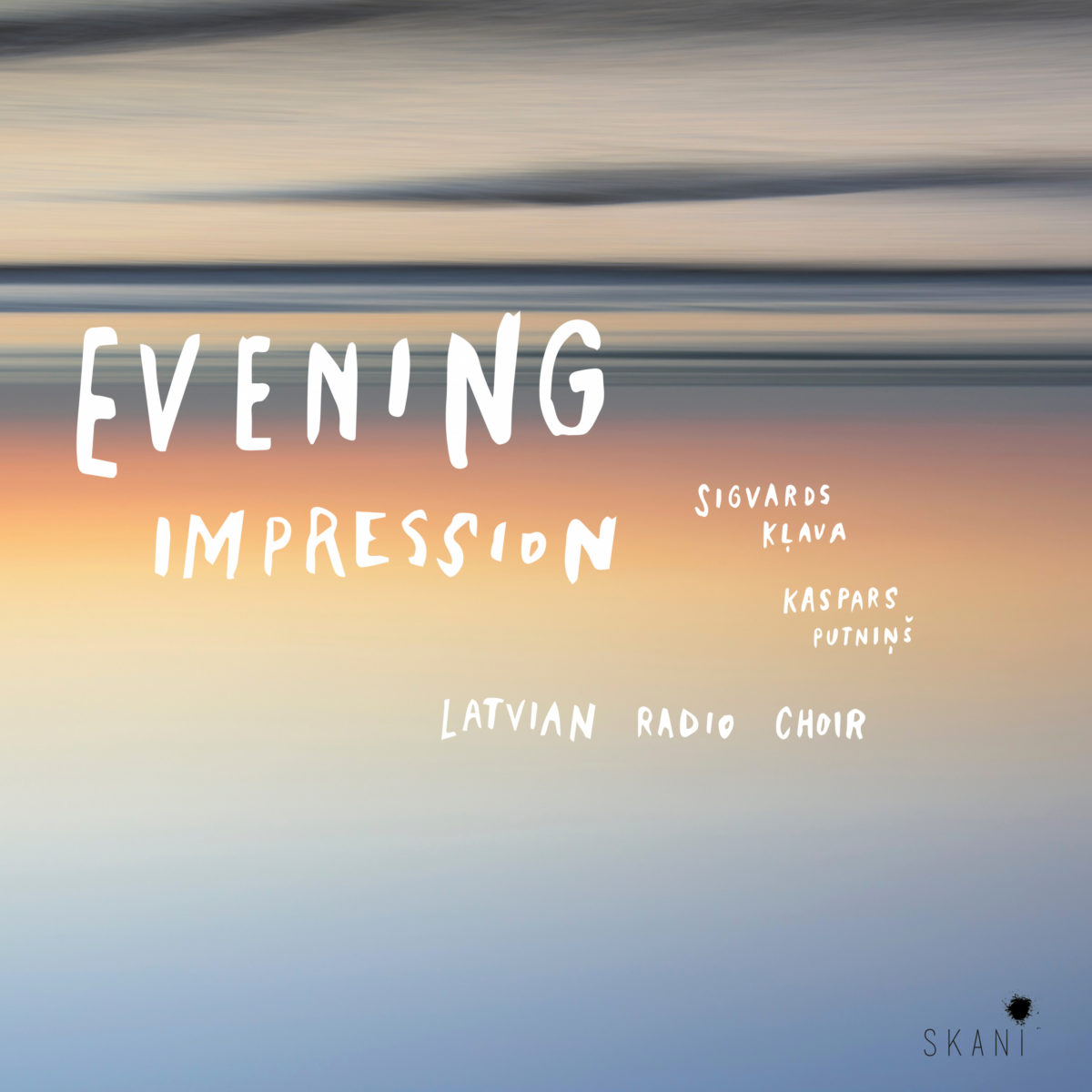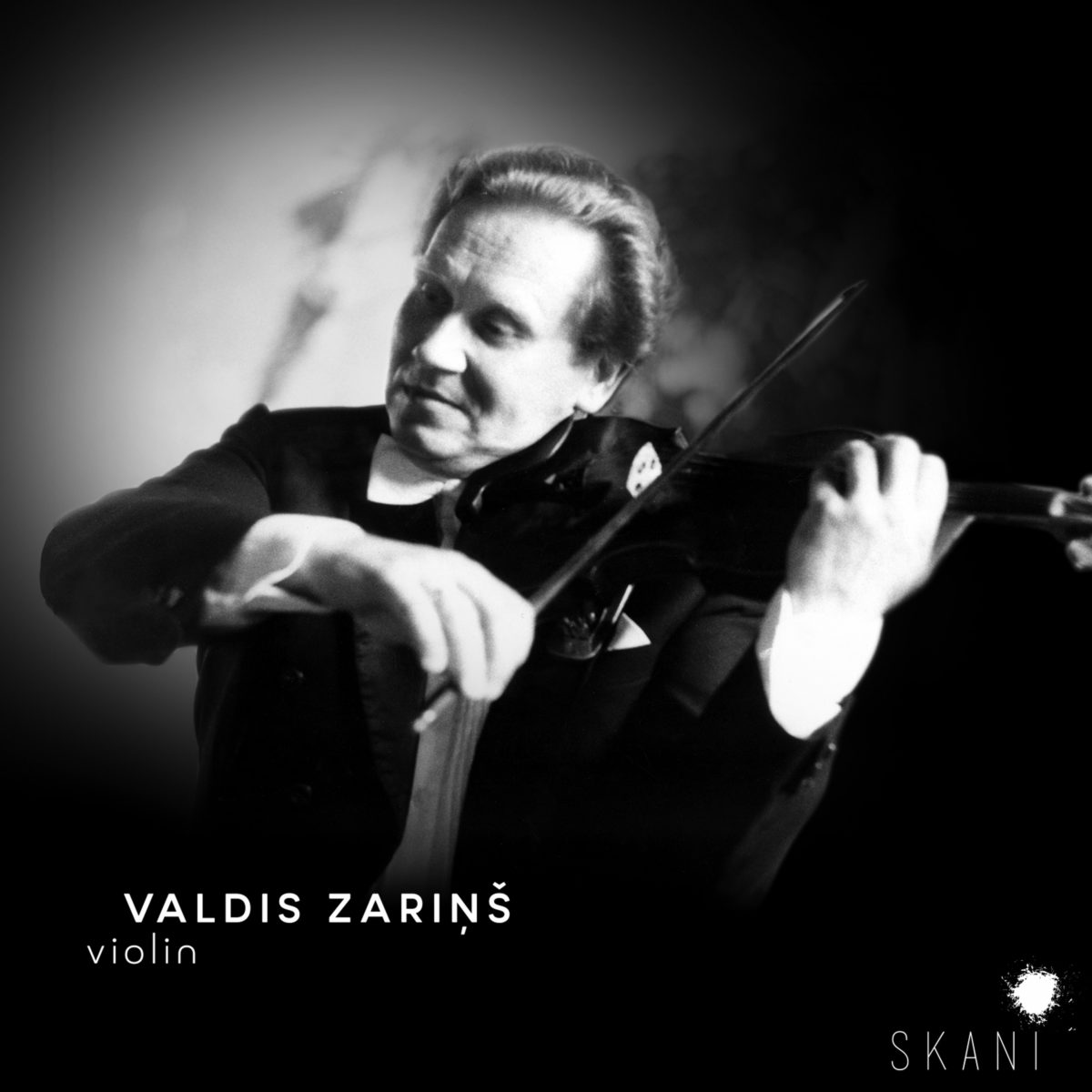The early 20th century, particularly the 1920s and 30s, was a truly explosive time for music around the world – new styles and genres came to life, and many popular songs were written, songs that are still sung and beloved today. Latvia also experienced this phenomenon, and groups of that era like Brāļi Laivinieki, Alfrēds Vinters, Pauls Sakss, among many others that recorded for the pre-war record local label Bellacord Electro, are still fondly remembered.
Inspired by the music of that time, as well as other genres, the group Rahu the Fool released their debut album in 2019. Over the course of two CDs (one featuring songs in Latvian, the other with songs in English), Rahu the Fool displays a wide variety of influences. On their Facebook page, the group describes itself as “folk music, with sparkles of jazz, hip hop, avantgarde, bluegrass and world music.” The group is made up of Evita Bambāne on double bass, Lauma Bērza on violin and vocals, Benny Goldsmith (Zeltkalis) on saxophone and ukulele, Pēteris Narubins on vocals and guitars, and Jāzeps Podnieks on vocals, flute, washboard, and a number of other instruments. The name ‘Rahu’ is from Hindu mythology, but also means ‘peace’ in Estonian.
The group conjures up an authentic early 20th century atmosphere on songs like ‘Šņāci Minna’ (the Latvian version of the British novelty song ‘Wheezy Anna’), and ‘Bagāts un nabags’. Guest vocalist Marija Broča provides a soulful rendition of ‘Just a Little Bit of Rain’, as well as the spiritual ‘Trouble so Hard’.
There are elements from later decades as well, such as the group’s interpretations of two songs by composer Imants Kalniņš – ‘Četri Balti krekli’ and ‘Viena meita govi slauca’. Also, the group’s version of the blue standard ‘Make me a Pallet on Your Floor’, featuring guest vocalist Madars Apse, is perhaps meant to evoke the vocal stylings and harmonica of Bob Dylan. Even Latvian folk songs appear on the album, such as the almost manic performance of the song ‘Švilpastīte’.
The wide variety of styles and moods on the album can make for a slightly disorientating listen, as the mood can jump from humorous to serious, from rollicking to somber from one song to another. It also is not always clear if something is meant to be funny or not, which perhaps is part of the group’s charm – leave the listeners guessing. Some songs are even slightly disturbing, like ‘Seagull’s Meat’, about boiling and eating a seagull. The group provides an ode to cannabis, ‘Reefer Song’, meant to be playfully silly (much like someone under the influence) but winds up being just silly.
With 29 songs altogether, there are bound to be a few misfires, but these are far overshadowed by moments of true beauty, like the sentimental Estonian instrumental dance of ‘Sāremā’ or the wistful and heartbreaking sea shanty ‘Jūrnieku dziesma’, about a sailor swearing his love before going to sea. Also, worth noting is the clarity in production on the recordings, with all the various instruments clearly heard and well balanced in the mix – veteran producer Kaspars Bārbals oversaw the recordings.
The CD booklet has many classic and vintage photos, as well as modern photos in a vintage style (in an interview with the group, they revealed they had found a photographer – Andris Uškāns – who had an antique camera that still worked – and he took the new photographs of the band). There are also brief notes from the band, though, curiously, the authors of the songs or sources are not provided. It would have been interesting to read a bit more about the songs chosen for this collection, or to know if a song is a cover or an original.
Over the course of two CDs, Rahu the Fool take the listener on a journey through time, and a journey that makes stops both in Latvia and the United States. Throwing themselves fully into the role of a 1930s ensemble, even dressing the part, the group produced an authentic recreation of a bygone era, but still with a few modern touches and flourishes. Though there are certainly retro elements and nostalgia, the group’s performances are full of vitality and vigor, giving these songs – some a century or older – a new life with their enthusiastic performances.
For further information, please visit the Rahu the Fool Facebook page
Rahu the Fool
Lauska, 2019
Track listing:
CD Rahu
- Bagāts un nabags
- Koketka
- Šnāci Minna – video
- Sāremā
- Jūrnieku dziesma
- Mīļākā
- Švilpastīte
- Taiga
- Četri balti krekli
- Viena meita govi slauca – video
- Stepe
- Tumšā naktī
- Igauņu subata
- Saimniekdēli
CD The Fool
- Minglewood Brothers
- Move That Thing – video
- Make Me A Pallet on Your Floor
- I Don`t Want to Set The World On Fire
- Rag, Mama, Rag – video
- I Can`t Give You Anything but Love
- Haul On The Bowline
- Three Little Puns and Rood
- Reefer Song – video
- Just A Little Bit Of Rain
- Minnie The Moocher
- Seagull`s Meat
- Waiting for A Train
- Trouble So Hard
- Oh, Long River





